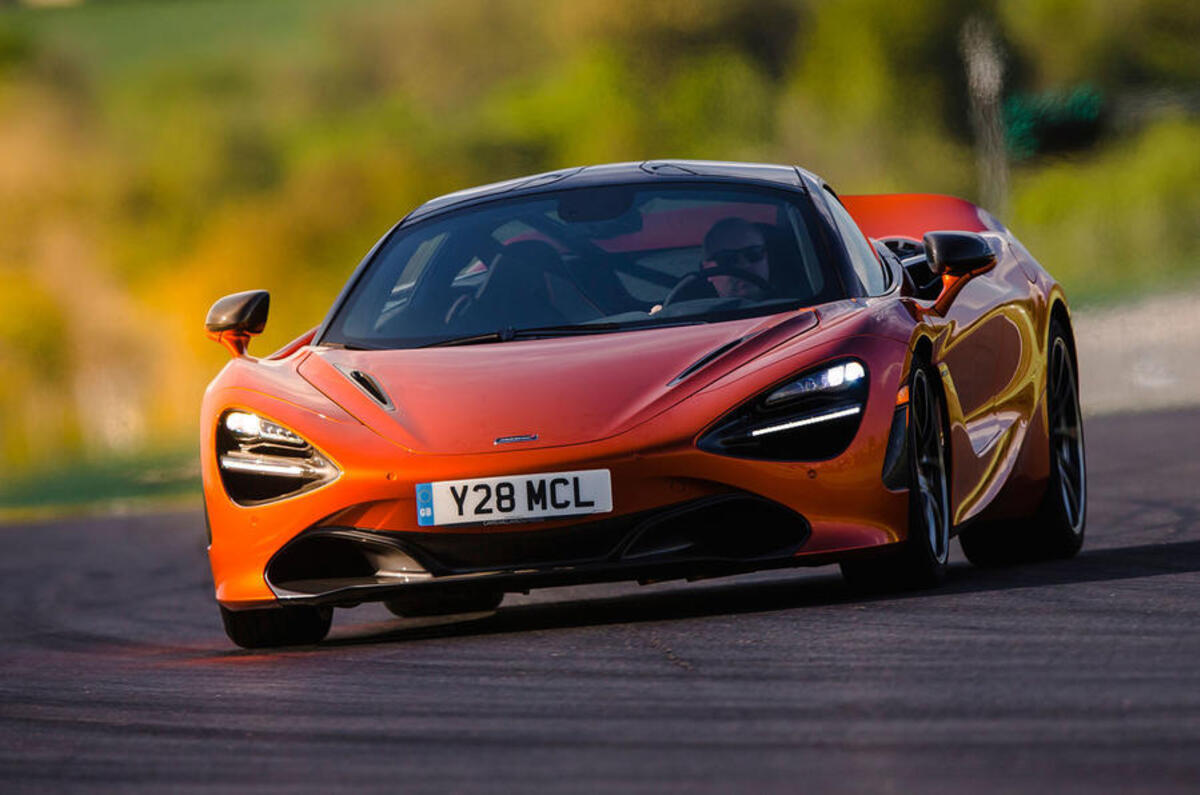How fast is too fast? I’ve pondered it before in these pages and I’ll no doubt ponder it again.
The most recent round of hypercars – the McLaren P1, Porsche 918 Spyder and LaFerrari – routinely got me asking whether it was all getting too much. Whether having more power than a current Formula 1 car – and being capable of the track speed of an F1 car from a few decades ago – wasn’t a bit gulpsome for a car with number plates that could be driven by somebody not in possession of an FIA Super Licence.
And since then, something else has happened. I don’t want to give too much away ahead of our exclusive UK road test of the latest McLaren in next week’s issue, but supercars have become so much faster. What was considered ‘hypercar pace’ just two short years ago has now become ‘supercar pace’.
The new McLaren 720S, so say the fellas that engineer it, is all but as fast as a P1 on a circuit. Ferrari’s new grand tourer, the 812 Superfast, will be so super fast that it’ll have more than 800bhp. And then there are those upcoming Mercedes-AMG and Aston Martin ‘beyond-hypercar’ things that need a sub-niche of their own (followed by a sit down in a darkened room if you’ve tried to match the claimed lap times that Adrian Newey says the Aston Valkyrie will be able to achieve).
But when a 493bhp Porsche 911 GT3 offers all the kicks you could possibly want, it’s only fair to ask what the point is in anything more. And then you drive a McLaren 720S on a circuit and find yourself using its 217 extra horsepower – an entire 44% more than a GT3 – about 20 seconds after climbing aboard, and figuring you’d probably take another 100bhp or more if they offered it, so approachable is it to drive.
Nonetheless, I think it is more difficult to get your head around a ridiculously fast car than it is a ridiculously slow one, for the obvious reason that you have less time to think about events between their occurrences. Car makers must realise this too, because they’ve started to offer a ‘track app’. The McLaren 720S has one and so does the Ford GT.









Join the debate
Add your comment
On the verge.....?!
power is nothing without control
I suppose it's how accessible